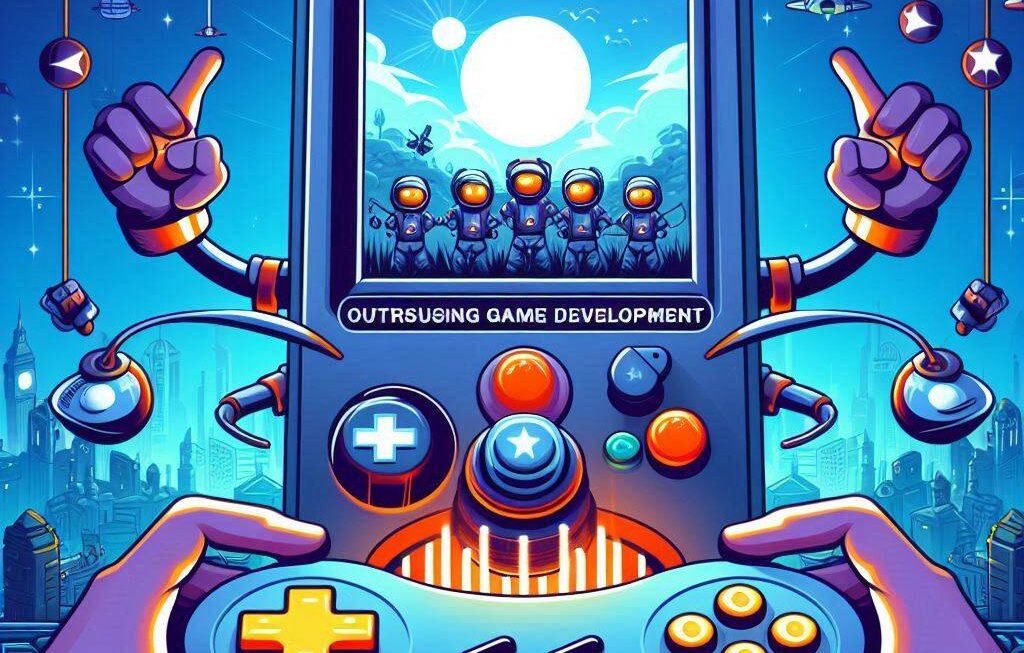In the ever-evolving landscape of game development, crafting captivating experiences is the ultimate objective. Here, we delve deeper into some popular topics that can help you achieve this goal.
1. Interactive Storytelling
“Story is king,” asserts Jenova Chen, co-founder of Thatgamecompany. Interactive storytelling empowers players to shape the narrative, ensuring each playthrough is unique. Games like The Walking Dead and Life is Strange are prime examples, where player choices significantly impact the story’s outcome.
2. Procedural Generation
Procedurally generated content offers an endless array of possibilities, keeping players engaged for extended periods. Minecraft‘ vast, randomly generated worlds serve as a testament to this trend, ensuring no two experiences are alike. This approach can also be seen in games like No Man’s Sky, where procedural generation is used to create unique planets and galaxies.
3. Virtual Reality (VR)
VR is transforming the gaming industry by providing immersive experiences that transport players into virtual worlds. According to SuperData Research, the VR market is projected to reach $40 billion by 2025. Games like Beat Saber and Superhot VR showcase the potential of this technology, offering players a sense of presence and interaction within the game world.
4. Mobile Gaming
With over 3.2 billion gamers worldwide, mobile gaming is a lucrative market. Successful mobile games like PUBG Mobile and Candy Crush Saga capitalize on touch controls and short play sessions to keep players engaged. Developers must also consider the limitations of mobile devices, such as screen size and processing power, when designing mobile games.
5. Augmented Reality (AR)
AR combines digital elements with the real world, offering unique gaming experiences that blur the line between reality and fantasy. Pokémon GO, a global phenomenon, is a prime example of AR’s potential in gaming. AR can also be used for educational purposes, as seen in apps like Blippar or Google Translate.
6. Esports
Esports continues to grow, with tournaments attracting millions of viewers. Games like League of Legends and Dota 2 have massive esports communities, with professional players competing for substantial prizes. Developers can tap into this market by creating games with competitive multiplayer modes and fostering a supportive esports ecosystem.
7. Gamification
Gamification applies game design elements to non-game contexts, making tasks more engaging. Duolingo’s language learning app is a successful example of gamification, using points, levels, and rewards to motivate users to learn new languages.

As you navigate these trends, remember the words of Shigeru Miyamoto, creator of Mario and Zelda: “A game is a series of fights against loneliness.” Strive to create games that combat loneliness, foster connection, and provide unforgettable experiences.
In conclusion, understanding and leveraging these trends can help you create engaging gameplay experiences that captivate players and keep them coming back for more. The gaming industry is a dynamic and exciting field, with endless opportunities for innovation and creativity. Embrace these trends, push the boundaries of what’s possible, and create games that resonate with players on a deep, emotional level.



